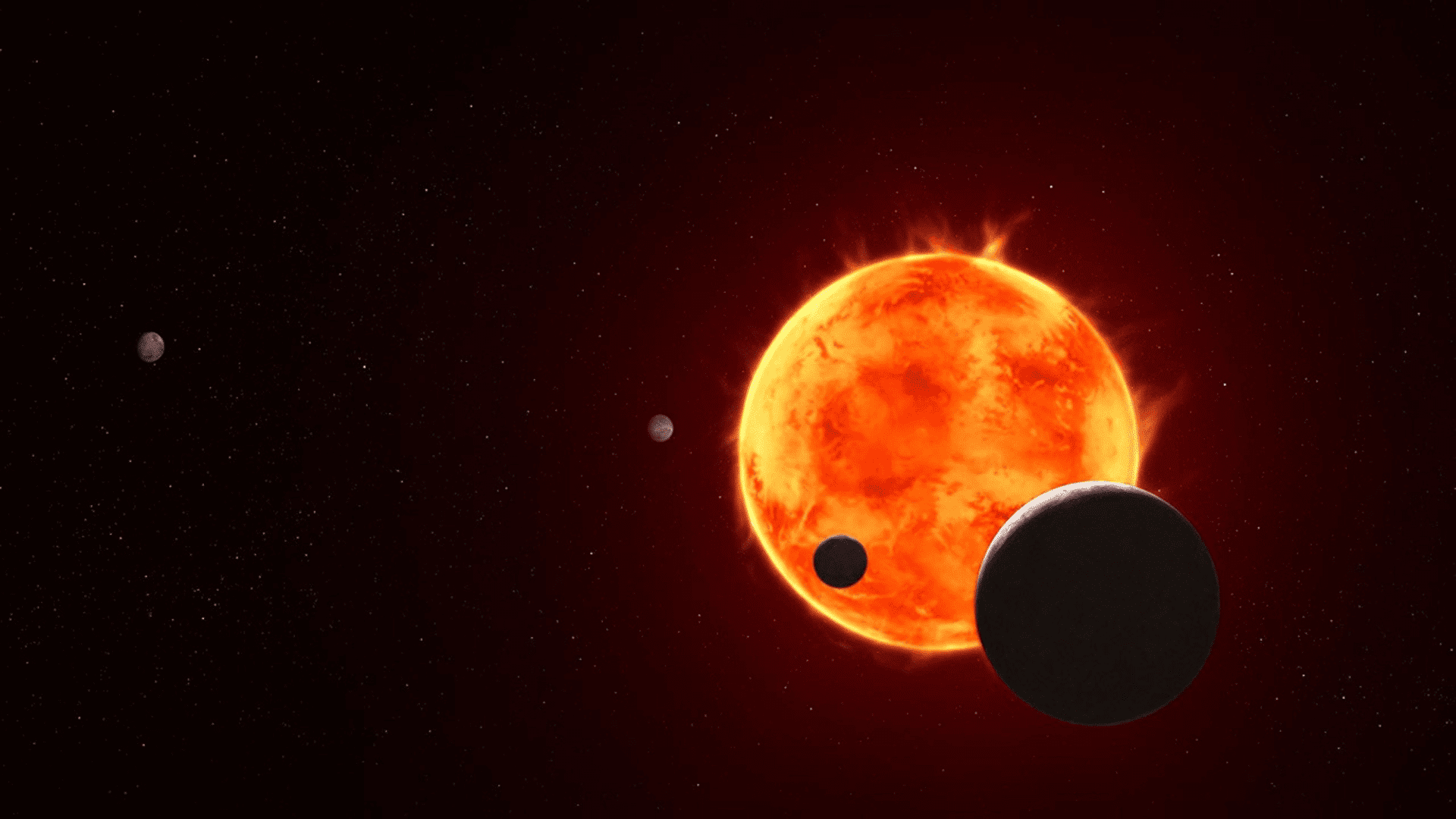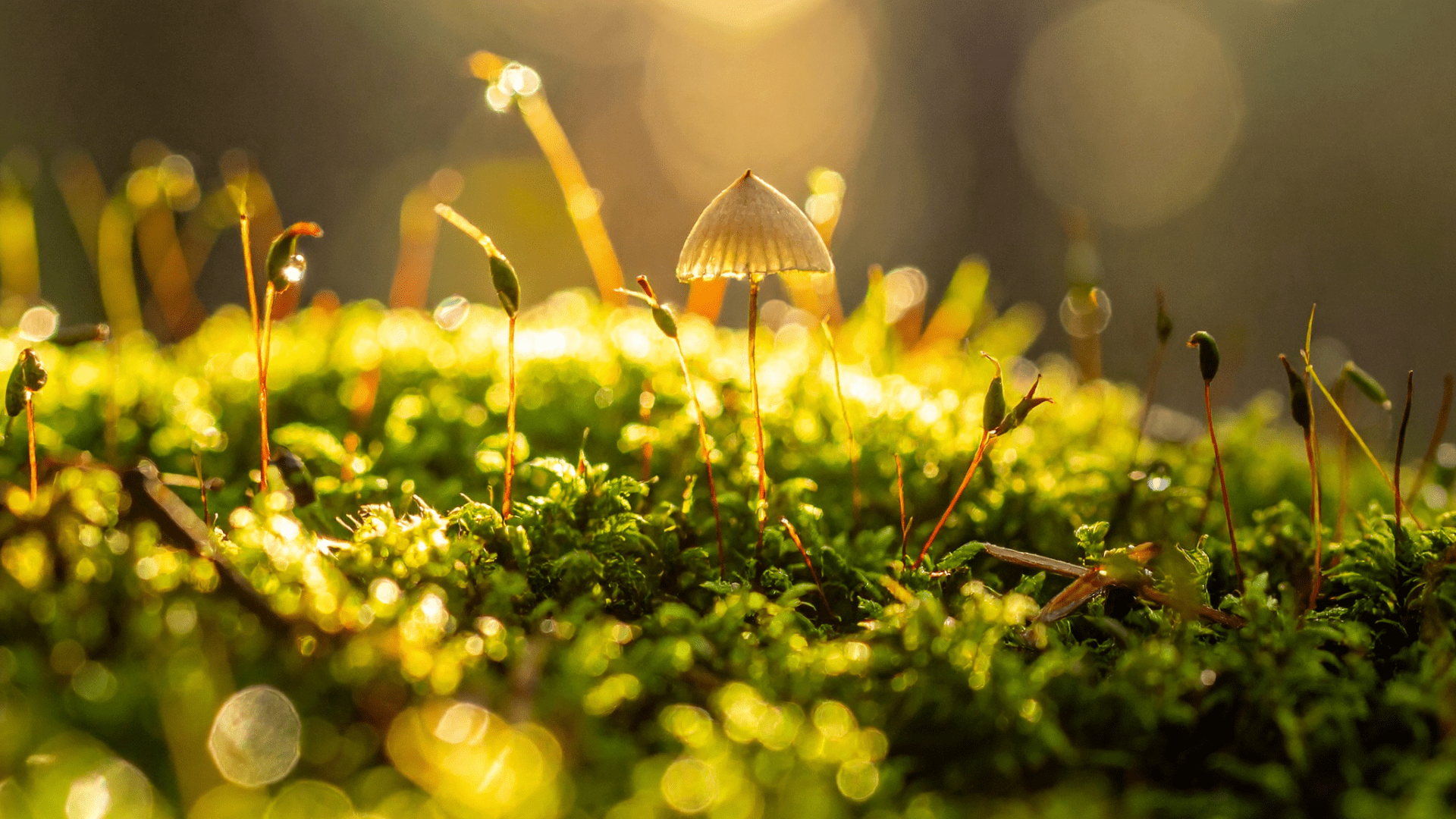According to a news release from NASA, the James Webb Space Telescope is currently observing an Earth-like exoplanet that may contain water.
Most Earth-Like Planet Yet

Orbiting amidst a system that was originally discovered in 2017, the exoplanet, called TRAPPIST-1 e, moves around the red dwarf star TRAPPIST-1. Red dwarf stars are significantly cooler than stars like the sun, which means their habitable zone is significantly closer. Though there are several Earth-sized worlds orbiting the star, planet e is the only one that exists in the “Goldilocks zone” where water could potentially form.
Though the exoplanet candidate looks promising, astronomers are still working to determine whether the planet has an atmosphere. NASA scientists directed the Webb telescope’s Near-Infrared Spectrograph instrument at the TRAPPIST-1 system as planet e passed in front of the star. If the planet has an atmosphere, the starlight passing through will be partially absorbed, creating dips in the light spectrum as it reaches the spectograph.
Researchers plan to contrast this data with data from another exoplanet in the system called TRAPPIST-1 b. Because they’ve determined this planet has no atmosphere, comparing its output to that of TRAPPIST-1 e will provide more insight based on the similarities or differences in the findings.
“Webb’s infrared instruments are giving us more detail than we’ve ever had access to before, and the initial four observations we’ve been able to make of planet e are showing us what we will have to work with when the rest of the information comes in,” said Néstor Espinoza of the Space Telescope Science Institute in Baltimore, Maryland, a principal investigator on the research team. Espinoza and the research team recently published two scientific papers outlining their initial results.
According to CBS News, though researchers “feel confident” that TRAPPIST-1 e doesn’t have a primary atmosphere, they believe the exoplanet may have built up a “heavier secondary atmosphere.” According to NASA, many planets have done this, including Earth.
Though NASA said there may be no water on the planet, there may also be an ocean or ice on the side of the planet that’s always in darkness. If the planet does contain liquid water, researchers say that there would also be a greenhouse effect that allows gases like carbon dioxide to warm the planet and stabilize the atmosphere.
“We are really still in the early stages of learning what kind of amazing science we can do with Webb. It’s incredible to measure the details of starlight around Earth-sized planets 40 light-years away and learn what it might be like there, if life could be possible there,” said Ana Glidden, a post-doctoral researcher at Massachusetts Institute of Technology’s Kavli Institute for Astrophysics and Space Research, who led the research on possible atmospheres for planet e, in NASA’s news release. “We’re in a new age of exploration that’s very exciting to be a part of,” she said.







